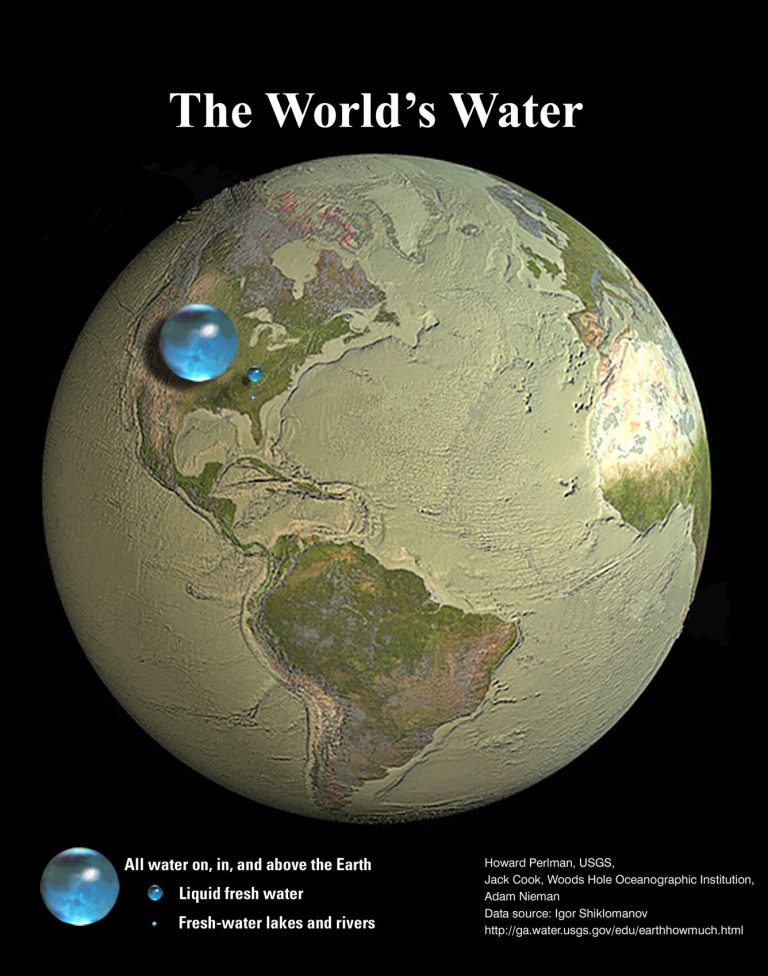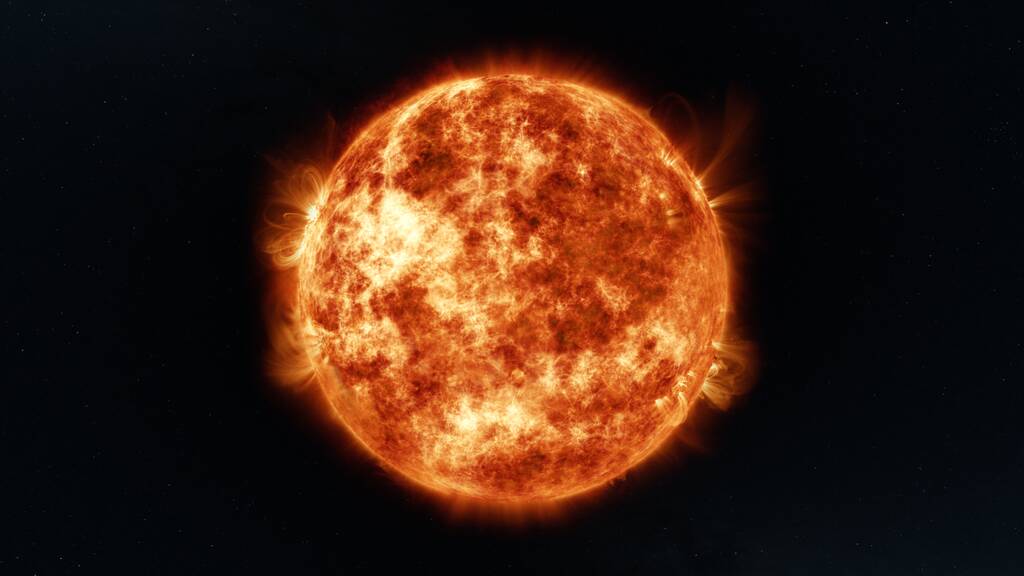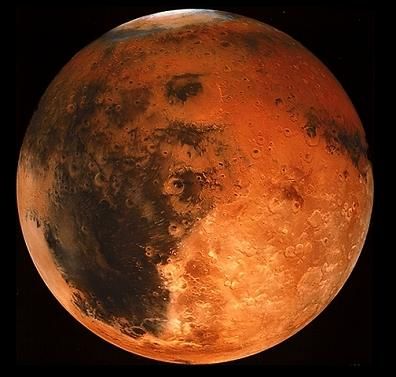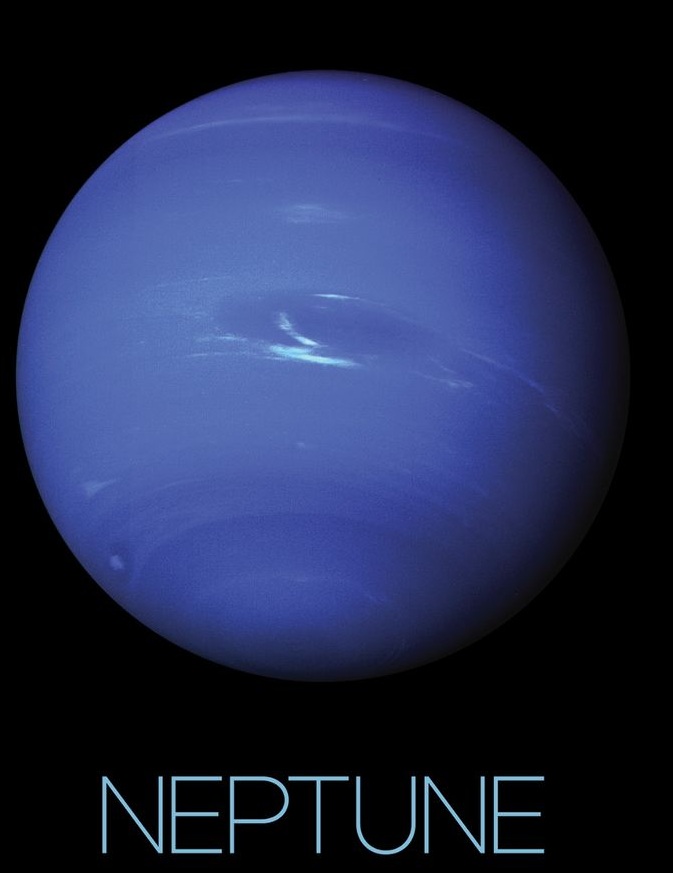Water on Earth Percentage: Water Outnumbers Land by a Huge Margin
Water covers most of our planet, yet only a tiny fraction is fresh enough for human use. This article explains how water is distributed on Earth, the challenges of freshwater scarcity, and the importance of sustainable management for the future of our environment.
Summary
- Global Distribution: The Earth is mostly covered by water, with oceans, seas, and other water bodies dominating the surface.
- Freshwater Scarcity: Only a small percentage of Earth’s water is accessible freshwater, making it incredibly valuable.
- The Water Cycle: Continuous processes like evaporation, condensation, and precipitation shape our weather and ecosystems.
- Human Impact: Urbanization, industrialization, and agriculture have significantly altered natural water patterns.
- Environmental Concerns: Pollution, climate change, and overuse threaten both ecosystems and human communities.
- Conservation Efforts: Sustainable practices and international collaborations are essential to protect water resources.
- Economic Significance: Water is a key component in industries, agriculture, and energy production around the world.
- Scientific Research: Ongoing studies help us understand water distribution and forecast future challenges.
- Policy and Innovation: Modern technologies and well-informed policies are vital for effective water management.
- Global Collaboration: International initiatives strive to ensure access to clean water for everyone.

Introduction
Water is not just a resource; it is the lifeblood of our planet. Covering about 71% of Earth’s surface, water shapes our climate, supports ecosystems, and fuels economies. However, the Water on Earth Percentage: Water Outnumbers Land by a Huge Margin fact reminds us that while water is abundant, most of it is saltwater found in vast oceans. The balance between saltwater and the scarce freshwater that sustains life is delicate, and understanding it is crucial for everyone—from scientists to policymakers and the general public.
Understanding Earth’s Water Distribution
Earth is often described as a watery planet, with approximately 71% of its surface covered by water. However, this impressive statistic is deceiving when it comes to freshwater availability. Over 96% of Earth’s water is saline, locked away in the endless oceans. The remaining water is categorized as freshwater, which is found in forms such as:
- Glaciers and icecaps, which store vast amounts of frozen water.
- Underground reservoirs, known as aquifers, which serve as hidden sources of freshwater.
- Surface water in the form of rivers and lakes, easily accessible for human use.
These distinctions are critical because the water that directly supports human life and agriculture is only a tiny slice of the total water available on Earth.
Global Water Distribution Data
The table below summarizes global water distribution, giving a detailed look at how water is allocated among various sources:
| Water Source | Volume (cubic miles) | Volume (cubic kilometers) | Percent of Freshwater | Percent of Total Water |
|---|---|---|---|---|
| Oceans, Seas, & Bays | 321,000,000 | 1,338,000,000 | — | 96.54% |
| Ice Caps, Glaciers & Permanent Snow | 5,773,000 | 24,064,000 | 68.7% | 1.74% |
| Groundwater (Total) | 5,614,000 | 23,400,000 | — | 1.69% |
| – Fresh Groundwater | 2,526,000 | 10,530,000 | 30.1% | 0.76% |
| – Saline Groundwater | 3,088,000 | 12,870,000 | — | 0.93% |
| Soil Moisture | 3,959 | 16,500 | 0.05% | 0.001% |
| Ground Ice & Permafrost | 71,970 | 300,000 | 0.86% | 0.022% |
| Lakes | 42,320 | 176,400 | — | 0.013% |
| – Fresh Lakes | 21,830 | 91,000 | 0.26% | 0.007% |
| – Saline Lakes | 20,490 | 85,400 | — | 0.006% |
| Atmosphere | 3,095 | 12,900 | 0.04% | 0.001% |
| Swamp Water | 2,752 | 11,470 | 0.03% | 0.0008% |
| Rivers | 509 | 2,120 | 0.006% | 0.0002% |
| Biological Water | 269 | 1,120 | 0.003% | 0.0001% |
Source: NASA Earth Observatory and USGS Water Science School
This table illustrates that while the oceans dominate with saline water, freshwater—especially the kind accessible for human consumption—is only a minute fraction of Earth’s water reserves.
The Importance of Freshwater
Freshwater is indispensable for human survival, agriculture, and industry. It fuels daily life in ways that often go unnoticed. For instance, rivers and lakes not only provide drinking water but also support recreational activities and local ecosystems. Groundwater, the unseen treasure beneath our feet, supplies water for irrigation and industry even in regions where surface water is scarce.
Additional Data on Water Volumes
To gain a clearer perspective on water distribution, the following table compares the volumes of different water reservoirs on Earth:
| Water Reservoir | Approximate Volume (cubic miles) | Diameter if Formed into a Sphere |
|---|---|---|
| All Earth’s Water | 332,500,000 | 860 miles (1,385 km) |
| Freshwater (Liquid) | 2,551,000 | 169.5 miles (272.8 km) |
| Surface Freshwater (Lakes & Rivers) | 22,339 | 34.9 miles (56.2 km) |
The Science of the Water Cycle
The water cycle is a continuous process that circulates water throughout the Earth’s atmosphere, surface, and underground reservoirs. It consists of several key stages:
Evaporation: Water from oceans, lakes, and rivers turns into vapor under the heat of the sun.
Condensation: The water vapor cools and forms clouds in the sky.
Precipitation: Water falls back to Earth as rain, snow, or other forms, replenishing our freshwater supplies.
Infiltration and Runoff: Some of this water soaks into the soil, while the rest runs off into water bodies.
Each step of the cycle is interconnected. Changes in one stage can affect the others, leading to broader impacts on weather patterns, agriculture, and water availability. The cycle is a natural reminder of how dynamic and complex our environment is.
Human Impact on Water Resources
Human activities have significantly altered natural water patterns. Urban expansion leads to increased runoff and reduced natural infiltration, while agriculture consumes vast amounts of freshwater for irrigation. Industries discharge pollutants into rivers and lakes, further compromising water quality.
Table: Major Human Impacts on Water Resources
| Impact | Description |
|---|---|
| Urbanization | Increased runoff and reduced groundwater recharge. |
| Agriculture | High water consumption and potential depletion of freshwater. |
| Industrialization | Pollution from waste and chemicals affecting water quality. |
| Climate Change | Altered weather patterns and unpredictable water availability. |
Source: National Geographic
The table above highlights the key areas where human activities influence water distribution. Each factor poses challenges that need to be addressed through careful management and innovative solutions.
Environmental and Economic Implications
The limited availability of freshwater has far-reaching consequences. Ecosystems suffer when water is overused or polluted, and the loss of natural habitats can lead to a decline in biodiversity. Economically, water scarcity can hinder agricultural productivity, disrupt industries, and even lead to conflicts over water resources.
For example, regions experiencing prolonged droughts face challenges in maintaining crop yields and ensuring food security. In contrast, areas with efficient water management and advanced purification technologies are better equipped to support both human populations and natural ecosystems. This disparity calls for global cooperation and the adoption of sustainable practices across all sectors.
Future Challenges and Innovations
As the global population continues to grow and climate change intensifies, the demand for freshwater will only increase. Rising temperatures and shifting weather patterns can lead to more frequent droughts and unpredictable water supplies. In response, scientists and engineers are developing innovative solutions to address these challenges.
Technological advancements such as desalination, water recycling, and smart irrigation systems offer promising avenues for conserving water. These innovations not only help provide clean water for communities but also reduce the environmental impact of water usage. International initiatives like the UN Water program are working to promote equitable access to water and to encourage policies that support sustainable water management.
Investing in these technologies and strategies is essential. By doing so, we can protect our water resources and ensure that future generations have access to the clean, safe water they need for survival and prosperity.
Fun Facts
- Freshwater accounts for less than 3% of the Earth’s total water.
- If all of Earth’s water were gathered into a single sphere, it would measure about 860 miles in diameter.
- The average depth of Lake Michigan is less than 300 feet, highlighting how thin the layer of accessible freshwater can be.














